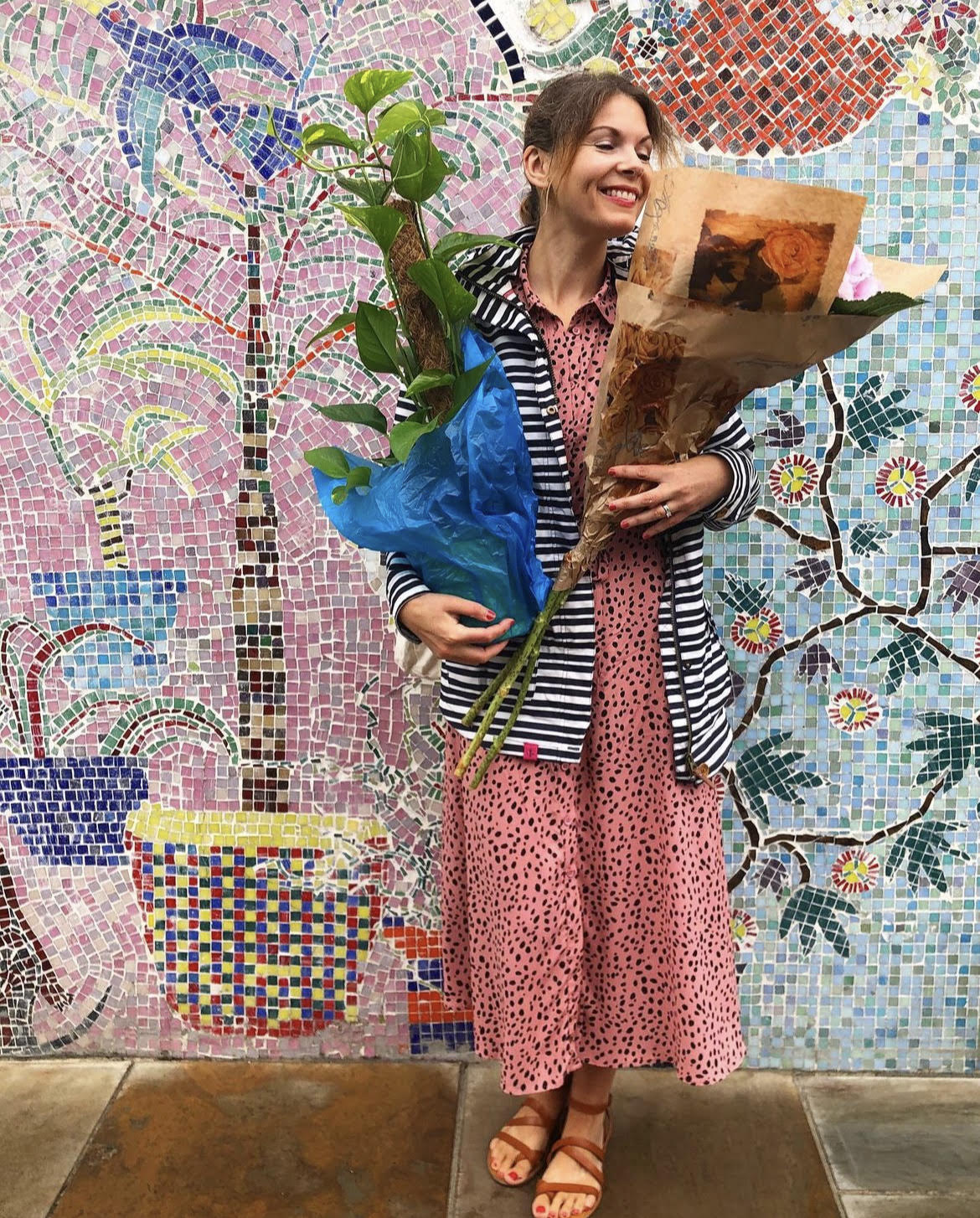
With environmental issues becoming increasingly important, more and more of us are trying to take small steps to lessen our impact on the world around us. From using less plastic to eating less meat, there is plenty we can do to make a difference.
It’s also important to think about fashion, with the fashion and apparel industry being one of the biggest contributors to environmental pollution. Fortunately, sustainable fashion is becoming an increasingly available and affordable option for consumers.
What Is Sustainable Fashion?
Sustainable fashion labels make clothes in a manner that is kind to both people and the planet, minimising their negative effects on the environment as much as they can. The end objective is an effectual system with no unfavourable side effects.
Cider is an example of a company that’s been working hard to fully enhance its manufacturing process in order to make it more environmentally friendly. They’re on a mission to make sustainable clothing affordable by inventing the Cider smart fashion model that only produces on consumer demand, using recycled materials and a responsible supply chain in the production process.
Here are four ways in which sustainable clothing can improve our everyday lives.
Lowers The Carbon Footprint
The annual greenhouse gas emissions from the worldwide fashion sector are substantial, contributing significantly and actively to global warming. A significant amount of garments are manufactured from petroleum and fossil fuels, such as polyester, acrylic, and nylon. Energy expenditures during the manufacturing of these materials are far higher than those of their natural or recycled fibre counterparts.
Conversely, sustainable businesses often get their materials from natural or recycled textiles, which need little to no chemical processing, as well as low levels of water, energy, fertilisers, and pesticides. Linen, hemp, and organic cotton are just a few examples of organic materials that are also biodegradable. These eco-friendly textiles are kind on the earth and make fantastic long-term substitutes.
Sustainability Saves Animals
This may come as no surprise, but some fashion businesses are killing animals for fashion. Every year, the leather industry accounts for the deaths of around 1.4 billion cows, lambs, goats, and millions of other animals.
Cruelty-free alternatives, like polyester manufactured from ocean debris, bags made from recycled seatbelts, plant-based biodegradable shoes, silk made from yeast, and bio-fabricated vegan wool, are gaining popularity among sustainable fashion businesses. Additionally, pineapples have emerged as a popular alternative to leather. Producing the material from pineapple leaves repurposes otherwise useless by-products from the fruit’s production.
Sustainable Fashion Needs Less Water
The apparel business relies heavily on water. It’s a key ingredient in the dying and finishing of almost all of our garments. A single T-shirt requires an astounding 650 gallons of water in its production. Cotton, for example, is very reliant on water, yet it is often cultivated in hot and arid places where water is already limited.
Organic cotton, on the other hand, uses 91% less water than conventional cotton. However, as of now, organic cotton production accounts for less than 1% of worldwide output. This is mostly because farmers only utilise more expensive equipment and technology on their organically cultivated crops, driving up the price of their non-GMO seed stock. Linen, hemp, and recycled fibres like recycled cotton are other viable options since they use very little water during the manufacturing process and are environmentally friendly.
It Promotes Safer And More Equitable Workplaces
For most garment workers in the fast fashion industry, minimum earnings (if any at all), long working hours, terrible health and safety standards, and the restriction of workers’ unions are the reality. Physical and verbal violence towards workers is also very widespread.
Eco-friendly companies stress the need of providing their employees with above-average benefits, such as safe and healthy workplaces and competitive pay. They aim to eradicate poverty by generating economic possibilities for the poor. Each of us wants to look and feel our best, and part of that is having transparency about where our items came from. Do you agree that it is as important to ensure the safety of the people involved as it is to protect the environment and animals?
Clothes are an easy and ubiquitous way for everyone to make a difference in the world. While we may not be able to change a clothing brand’s internal operations, we can educate ourselves and others about the people who manufactured our garments, the materials they use, and the effects of the industry on people and the environment. We can all make that decision to shop more sustainably.
Post in collaboration.